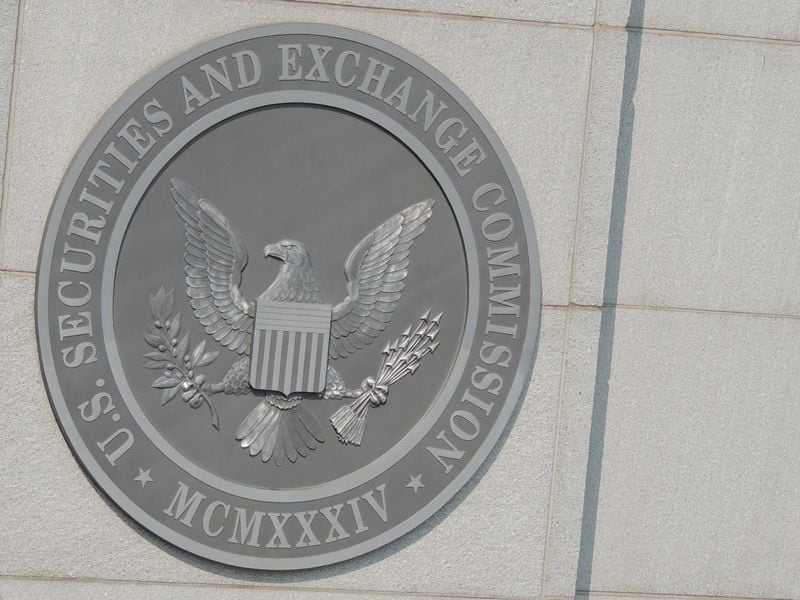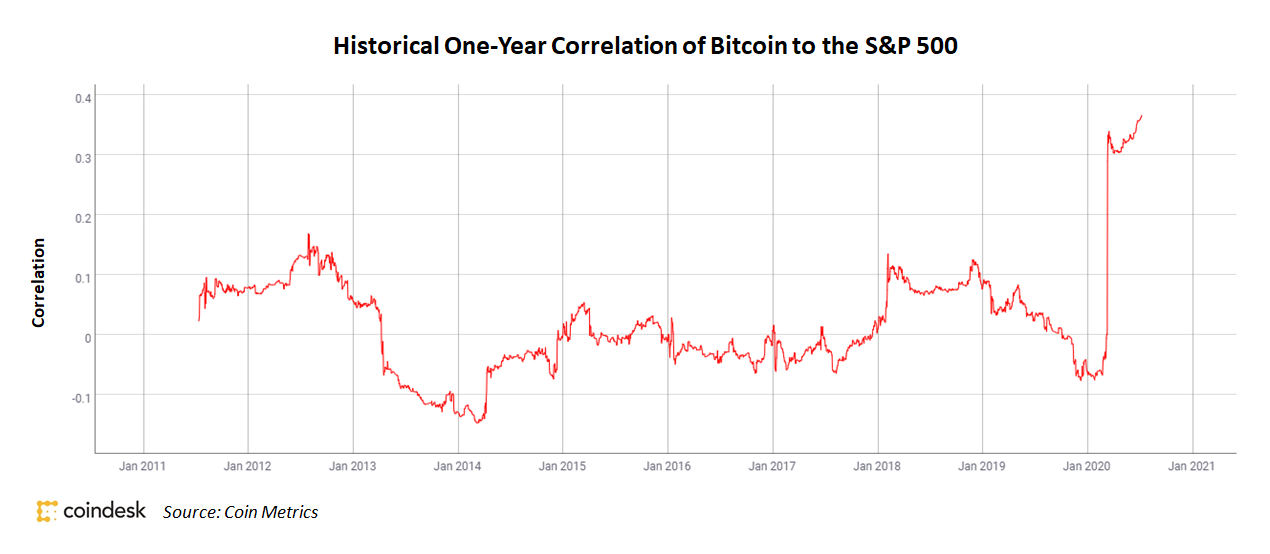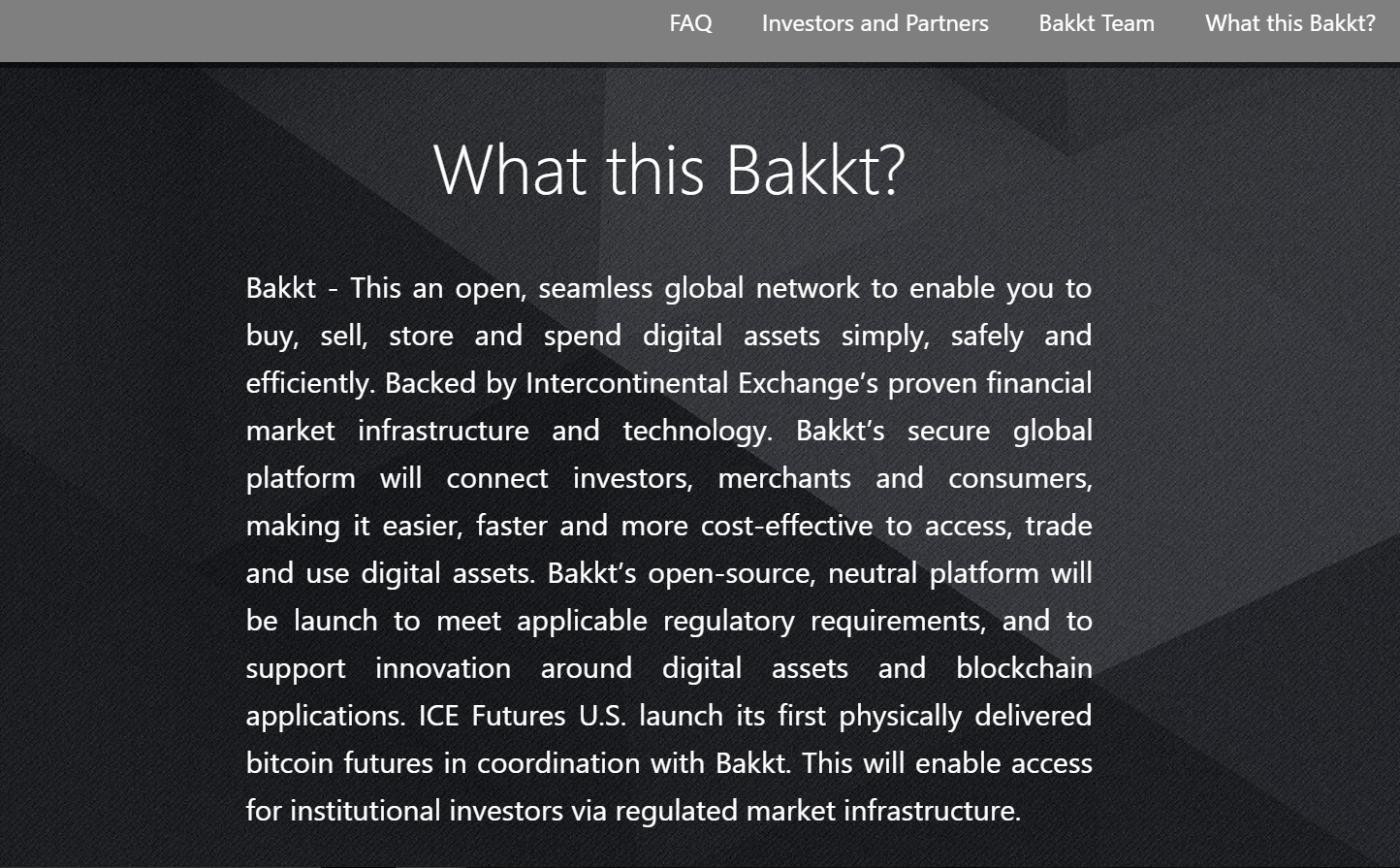Blockchain Code Can Fill In When Antitrust Law Fails
(Tingey Injury Law Firm/Unsplash)
Blockchain Code Can Fill In When Antitrust Law Fails
Thibault Schrepel is a Faculty Associate at Harvard University’s Berkman Klein Center for Internet & Society and Assistant Professor in Antitrust Law at Utrecht University School of Law.
The COVID-19 crisis has increased our reliance on technology and reinforced the place of code in organizing society. This need not be a negative thing.
As Ethereum cofounder Vitalik Buterin and I argue in a recent research paper, computer scripts can help complement laws and facilitate human interactions. Blockchain tech, for example, can be used to reach some goals of antitrust law – which seeks to improve competition in the marketplace – where the rule of law may not be enforceable.
By themselves, technology and the law will fail to maximize the common good. And if they keep an adversarial approach to each other, both will put up strong resistance. For that reason, West Coast code (programming) and East Coast code (laws and regulations) can no longer oppose each other; they must collaborate. This collaboration demands a change in mentalities in both fields as well as reciprocal concessions, as we argue in “Blockchain Code as Antitrust.”
First, mentalities. Policymakers tend to conceive laws and regulations as the ultimate tool of common good improvements. They are meant to prevail over architecture (the design of analog and digital things), markets (economic incentives), and social norms (what is acceptable).
By contrast, many developers consider technology as deterministic (the determining factor of society, which it could very well be). For that reason, a common strategy comprises first putting a product on the market, and only after considering laws and regulations.
Neither of these two strategies is optimal. One cannot apply the law to all illegal practices (for instance, because of detectability issues or because jurisdictions are mutually unfriendly), and the technology cannot systematically trump the law (as an exponential number of litigations shows, even when it comes to blockchain).
Only a consensus may eliminate the most extreme outcomes when law and technology have opposite intentions. For instance, in situations where one enacts transparency (think GDPR) while the other protects privacy (think Monero and Zcash). When law and technology seek a similar goal, their collaboration permits avoiding that they neutralize one another (which could happen if they use different methods). That is the case for blockchain and antitrust.
West Coast code (programming) and East Coast code (laws and regulations) can no longer oppose each other; they must collaborate.
Antitrust law was introduced as a reaction against the increasing power of Standard Oil Company in the late-19th century, while blockchains were designed to minimize our reliance on middlemen. If they help each other they will dramatically increase their chances of success. Blockchain can help supplement antitrust where it does not apply or applies imperfectly, and the law can help enforce proper market functioning where code is not self-sufficient (situations in which it cannot prevent or settle conflicts).
Second, concessions. One can only achieve a collaboration between law and technology through mutual concessions. The precise nature of these concessions depends on each technology and each law or regulation. For example, one may want to bridge the gap between them differently depending on whether we are looking at criminal activities or civil actions. Nonetheless, we believe there are some principles to follow.
On the legal side, enforcement must primarily focus on practices that defeat the purpose of each technology. That applies, of course, if one has deemed the goal of the technology desirable; otherwise, the technology itself should simply be prohibited. With blockchain, it means that antitrust agencies should focus on practices leading to artificial centralization, such as collusion at the infrastructure level. Agencies will produce legal certainty by doing so, which will benefit the entire ecosystem.
Regulatory bodies (here antitrust agencies) must also avoid enforcement activities that could keep technology at bay. They should focus on practices that arise from the intrinsic qualities of the technology, rather than from malicious use. For example, public permissionless blockchains make some information freely available on the marketplace, such as the number of transactions implemented by specific users, the fees which have been paid, and so on. This could lead to specific antitrust concerns, but because it is essential to such blockchains which are making markets more fluid, enforcement activities should not be directed at this issue.
On the technology side, developers (and the ecosystem surrounding them) must take legal constraints into account before the late stages of product and service development. This implies engaging in a dialogue with policymakers and implementing an architectural design that tends towards the law. If the saying is true that “code is law,” then blockchain design should trigger interactions that benefit the common good.
Luckily, these concessions can be tested before being definitively adopted. Regulatory sandboxes (testing grounds for businesses supervised by regulatory bodies) and safe harbors (similar to sandboxes but with no limit in time or scale) prove useful in that regard. These comfort zones can indeed be implemented rapidly, and they show great flexibility during their lifespan.
Typically, entities that are part of sandbox programs are sent “no enforcement action” letters in return for collaborating in analyzing the effects of a new technology, product or service. They end up making the relationship between law and technology cooperative.
In our article, Vitalik and I argue policymakers should set up such comfort zones to protect specific blockchain ecosystems from antitrust actions in exchange for experiments. We believe that blockchains that are public, resilient to well-known attacks, and free to use, lead to optimum decentralization.
This dovetails with the aims of antitrust law. They could be the first to enter sandboxes and safe harbors, so developers and policymakers can analyze which concessions on blockchain design and on legal enforcement should be made to maximize chances of success.
Our article defends the necessity for such a conceptual and concrete collaboration of law and technology. We tried our best to start moving the field of blockchain antitrust in this mutually beneficial direction. Join us.
Disclosure
The leader in blockchain news, CoinDesk is a media outlet that strives for the highest journalistic standards and abides by a strict set of editorial policies. CoinDesk is an independent operating subsidiary of Digital Currency Group, which invests in cryptocurrencies and blockchain startups.









